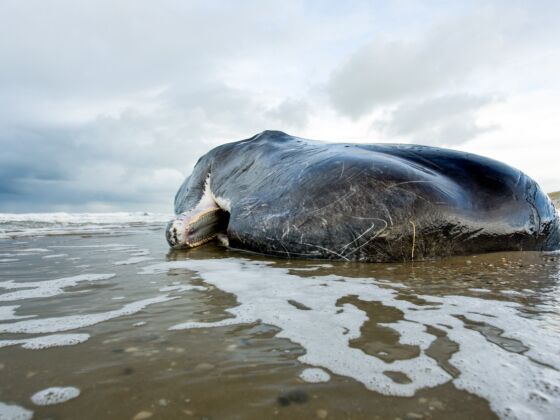YORK, United Kingdom — NORMALLY TRANQUIL AND WINDSWEPT BEACHES across northern Europe were converted into cetacean graveyards this winter, as sperm whale after sperm whale kept stranding itself.
From January to early February, 30 of the magnificent creatures died on the coasts of the UK, Germany, the Netherlands and northern France, all “bachelor” or juvenile males.
